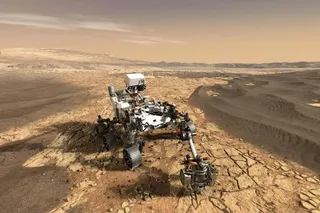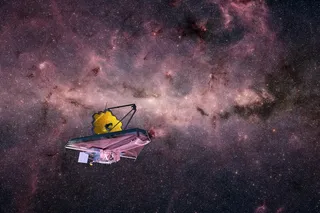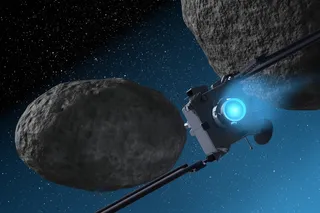In the post about my upcoming talk in Second Life, I gave a newbie's sketchy perspective of the outlook for the medium. But you should also hear the pitch of someone who is a real expert, both in virtual worlds and their use for scientific research. So we're very happy to have a guest post from George Djorgovski -- Professor of Astronomy at Caltech, observer of galaxies, Co-Director of the Center for Advanced Computing Research, and Director of the Meta Institute for Computational Astrophysics. He also goes by the name of Curious George, on the other side of the reality/virtuality divide. (Note: pretty pictures beneath the fold.) ------------------------------------------- As an avid reader of CV, I was pleased and honored when Sean invited me to contribute a guest post. Now, CV is a very forward-looking enterprise, and its Blogmaster has already fallen into the wormhole described below, so here is a ...
Guest Post: George Djorgovski, A New World Overture
Discover how immersive virtual reality is transforming education and research in virtual worlds, enhancing collaboration and learning.
More on Discover
Stay Curious
SubscribeTo The Magazine
Save up to 40% off the cover price when you subscribe to Discover magazine.
Subscribe












